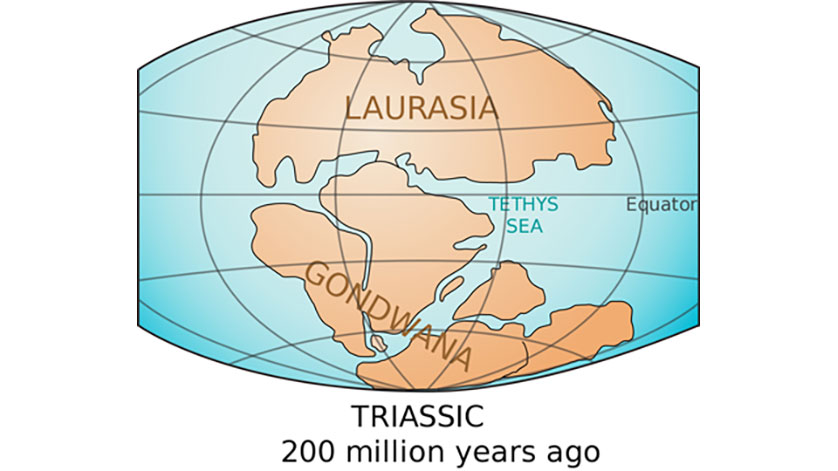Scientists Have Confirmed the Existence of a “Lost Continent”

Scientists have confirmed the existence of a “lost continent” under the Indian Ocean island of Mauritius that was left-over by the break-up of the supercontinent, Gondwana, which started about 200 million years ago.
The piece of crust, which was subsequently covered by young lava during volcanic eruptions on the island, seems to be a tiny piece of ancient continent, which broke off from the island of Madagascar, when Africa, India, Australia and Antarctica split up and formed the Indian Ocean.
“We are studying the break-up process of the continents, in order to understand the geological history of the planet,” says Wits geologist, Professor Lewis Ashwal, lead author on the paper “Archaean zircons in Miocene oceanic hotspot rocks establish ancient continental crust beneath Mauritius”, published in the prestigious journal Nature Communications.
By studying the mineral, zircon, found in rocks spewed up by lava during volcanic eruptions, Ashwal and his colleagues Michael Wiedenbeck from the German Research Centre for Geosciences (GFZ) and Trond Torsvik from the University of Oslo, guest scientist at GFZ, have found that remnants of this mineral were far too old to belong on the island of Mauritius.
“Earth is made up of two parts – continents, which are old, and oceans, which are “young”. On the continents you find rocks that are over four billion years old, but you find nothing like that in the oceans, as this is where new rocks are formed,” explains Ashwal. “Mauritius is an island, and there is no rock older than 9 million years old on the island. However, by studying the rocks on the island, we have found zircons that are as old as 3 billion years.”
Gondwanaland
Gondwanaland is a super-continent that existed more than 200 million years ago and contained rocks as old as 3.6 billion years old, before it split up into what are now the continents of Africa, South America, Antarctica, India and Australia. The split-up occurred because of the geological process of plate tectonics. This is the process where the ocean basin is in continuous motion, and moves between 2 cm and 11 cm per year. Continents ride on the plates that make up the ocean floor, which causes the movement of the continents.
Mauritius
Known as a tropical holiday destination, Mauritius is a volcanic island, formed by the eruption of volcanoes starting at about nine million years ago. The island forms part of a string of islands, formed by a stationary hotspot (volcano), presently located at Réunion Island. Originating from deep within the earth, the hotspot stays stationary while the ocean’s tectonic plates move across it, creating a string of volcanic islands.
Source: University of the Witwatersrand

